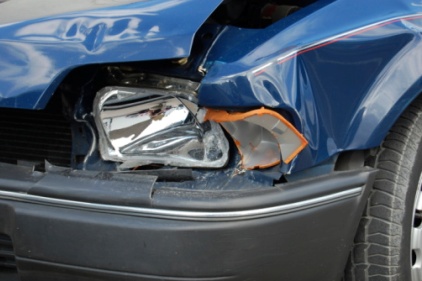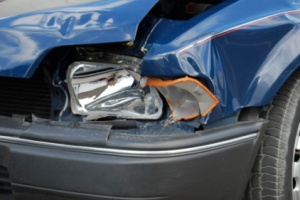When you get behind the wheel, you run an inherent risk of getting into a car accident even if you’re a responsible driver. According to the National Safety Council, the odds of getting into a car accident are about 1 in 6,100. The risk of collision increases astronomically when factors like distraction, speeding, alcohol, adverse weather conditions and red-light running are present. The good news is that you can significantly reduce your risk of getting into an accident by the practice of good habits and safe driving.
#1 Distraction
Distracted driving is the number one cause of car accidents in the United States. About 80 percent of all traffic accidents occur as a result of distraction according to a study at the Virginia Tech Transportation Institute and the National Highway Traffic Safety Administration (NHTSA). Of these accidents, nearly 18 percent sustain some type of injury as a result.
Distracted driving can take on many forms including the major culprits like talking on a cell phone or texting and driving -- but eating, drinking, applying makeup, tending to children, grooming or using in-cabin technologies like GPS or radio are also large contributors to car accidents in America. You can significantly reduce your risk of distraction-related accidents by putting aside all else and focusing on the road ahead. Turn off the radio. Create car rules for children. Don’t eat on the road. Don’t apply makeup. Never talk on the phone or text and drive. To reduce your risk of getting into car accident, simply drive.
#2 Speeding
According to the NHTSA, speeding accounts for 31.6 percent of all fatal traffic accidents and it is the second most common cause of car accidents in America. Collisions caused by speeding are entirely preventable with responsible, careful driving that obeys posted limits.
When it comes to personal injury, speeding can cause dramatically life-altering harm such as traumatic brain injury, amputations and even severe burns and deep, disfiguring lacerations. It goes without saying: to reduce your risk of car accident, don’t speed and always follow the 3-second rule. That is, you should always allow at least 3 seconds of space between you and the car ahead to avoid a collision in case of a sudden stop or an emergency road condition.
#3 Drunk Driving
In 2010, drunk driving was nearly tied with speeding as the second most cause of fatal car accidents in the United States, taking a very close third spot with a 31.1 percent fatality rate. Alcohol-impaired driving is any type of collision where the driver’s blood alcohol level measures 0.08 or higher. According to the NHTSA, drunk driving is most prevalent among younger drivers between the ages of 21 to 24, accounting for 34 percent of all alcohol-related car accidents. Prevent a future fatality by buying cab rides in advance, designating a sober driver and hosting parties responsibly.
#4 Bad Weather
Adverse weather affects every city in America – even those blessed by perpetual sunshine and year-round temperatures in the 70s. That’s because despite major weather variants, every city experiences relatively bad weather at some point in the year – even if it’s just rain. According to the Federal Highway Administration, an average of 1.5 million car accidents are caused by bad weather such as rain, sleet, snow or fog – that’s about 24 percent of all car accidents, making it the fourth most common cause of vehicle collisions in the United States.
We can’t control the weather, but we can control the way we drive in adverse conditions. Reduce your speed and increase the distance between you and the car ahead in wet weather. Don’t drive in snowy conditions and wait until snow has been cleared off the roads prior to driving, if you can. Check your tires, windshield wipers and brakes each year before winter and get a second opinion from a qualified vehicle service center if you’re unsure.
#5 Red-Light Running
Intersection-related accidents accounted for over 2.3 million crashes in 2009 according to a report at the NHTSA. Red-light running is a serious issue in America, attributing to an estimated 165,000 injuries per year. The Insurance Institute for Highway Safety says that about half of the people that die from red-light running are drivers or pedestrians who were hit by a red-light violator.
While each state maintains its own laws on traffic lights, most say you must stop for a solid yellow light if you can do so safely. Yellow lights give the driver an average of 3 seconds to clear the intersection before turning red. Of course, many red light-runners do so recklessly without any thought to traffic laws. But if you can help it, always try to stop for a yellow light if you can do so safely, and proceed with caution through the intersection if you cannot stop.






